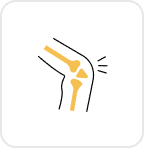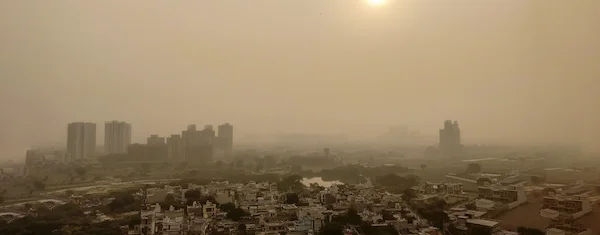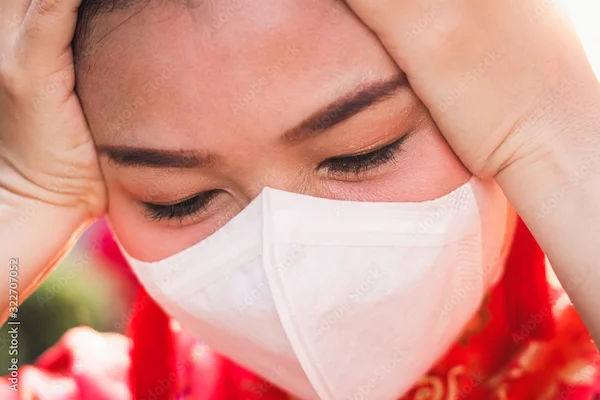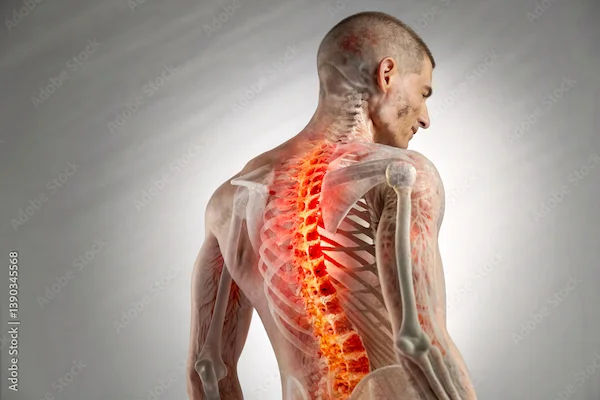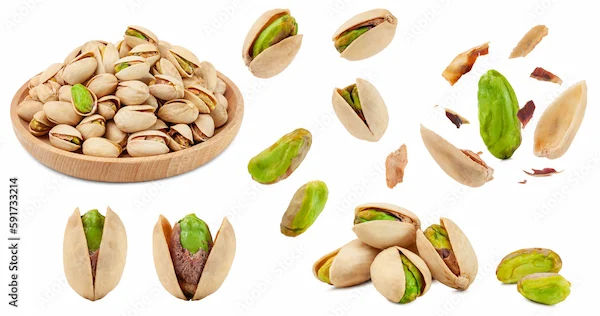Winter Yoga For Joint Health: A Complete Guide
Discover effective winter yoga practices to ease joint pain, improve flexibility, and maintain overall joint health during the colder months.


Introduction
As the winter chill sets in, do your knees, hips, and shoulders sound like a bowl of crackling cereal? You're not alone. The drop in temperature and atmospheric pressure often leads to increased joint stiffness, discomfort, and a strong desire to hibernate. But before you curl up under a blanket for the season, there's a powerful, natural solution: yoga. This ancient practice is uniquely suited to combat the specific challenges winter presents for our joints. By combining mindful movement with breath work, yoga boosts circulation, lubricates stiff joints, and builds supportive muscle. This guide will walk you through the why and how of using winter yoga as your ultimate tool for joint health, offering a practical routine to keep you feeling supple, strong, and warm all season long.
Why Do Your Joints Ache More in the Winter?
Seasonal changes can affect your body in surprising ways.
The Science of Cold Weather and Joint Stiffness
The sensation of creakier joints in cold weather isn't just in your head; it has a physiological basis. One leading theory is that the synovial fluid, the thick liquid that acts as a shock absorber and lubricant in your joints, becomes more viscous in the cold, much like honey thickens in the fridge. This leads to increased stiffness and reduced mobility. Additionally, cold causes muscles to contract and tighten around the joints, offering less support and creating a feeling of tension and discomfort. For those with conditions like arthritis, the change in barometric pressure can cause expansion and contraction in tissues, irritating already-sensitive nerves.
Reduced Activity and Its Impact on Synovial Fluid
Winter naturally encourages less movement. We go on fewer walks, skip the gym due to the dark evenings, and generally become more sedentary. Movement is essential for joint health because it stimulates the production and circulation of synovial fluid. A lack of movement means less lubrication, leading to a cycle of stiffness that makes moving even less appealing. This is where a consistent, gentle yoga for stiff joints in winter practice becomes crucial; it breaks this cycle with low-impact, deliberate motion.
Consult an Orthopaedician for the best advice
How Yoga Becomes Your Winter Joint Savior
Simple practices can ease seasonal discomfort.
Improving Circulation and Lubrication
Yoga is a powerful catalyst for warming the body from the inside out. The combination of movement and controlled breathing increases blood flow to muscles and connective tissues. This enhanced circulation delivers oxygen and nutrients to the joints while helping to flush out inflammatory toxins. As your body temperature rises, it helps thin the synovial fluid, improving its lubricating properties and making movements smoother and less painful, a key goal of any winter arthritis pain relief yoga plan.
Building Strength Around the Joints
Joints are supported by muscles, tendons, and ligaments. Weak supporting muscles place more stress on the joints themselves. Yoga poses are exceptional for building functional, balanced strength in these often-overlooked stabiliser muscles. Poses like Chair Pose strengthen the quadriceps to support the knees, while Plank Pose builds strength around the wrists and shoulders. This creates a natural, protective "scaffolding" for your joints.
Enhancing Flexibility and Range of Motion
Stiffness is the antithesis of joint health. Yoga gently encourages a greater range of motion by safely stretching muscles and connective tissues. Unlike aggressive stretching, yoga promotes flexibility through a combination of strength and stretch, ensuring that newfound mobility is stable and supported. This helps counteract the tightening effect cold weather has on the body.
Essential Winter Yoga Poses for Joint Health
Keep your joints flexible and pain-free this season.
Warm-Up Poses to Awaken the Body (5-minute sequence)
Never skip your warm-up in winter! Spend at least 5 minutes on these simple movements.
Neck and Shoulder Rolls: Sit or stand tall. Slowly drop your right ear to your right shoulder, then gently roll your chin to your chest, and over to the left shoulder. Repeat 5 times each direction. Follow with slow, large circles with your shoulders.
Wrist and Ankle Rotations: Extend your arms and gently make circles with your wrists, first clockwise, then counter-clockwise. Sit down and extend your legs, doing the same with your ankles. This is vital for how to lubricate joints with yoga before deeper work.
Foundational Poses for Major Joint Groups
Strengthen and protect key joints with targeted exercises.
For Spine Health: Cat-Cow Pose (Marjaryasana-Bitilasana): Start on your hands and knees. Inhale, drop your belly, and look up (Cow). Exhale, round your spine to the ceiling and tuck your chin (Cat). Repeat 10 times. This dynamically mobilises the entire spine, combating the stiffness from hunching against the cold.
For Hips and Knees: Low Lunge (Anjaneyasana): From all fours, step your right foot forward between your hands. Keep your left knee on the floor (place a folded blanket underneath for cushioning). Inhale and raise your arms. Hold for 5 breaths. This opens the hip flexors and stretches the knee gently.
For Shoulders and Chest: Thread the Needle (Parsva Balasana): Start on all fours. Slide your right arm under your left arm, palm up, resting your right shoulder and temple on the mat. Hold for 5-8 breaths. This is a fantastic release for tight winter shoulders.
Strengthening and Stability Poses
Build resilience and support joint health with key exercises.
Chair Pose (Utkatasana) for Knees and Ankles: Stand with feet together. Bend your knees and sink your hips back as if sitting in a chair. Keep your weight in your heels to protect the knees. Hold for 30 seconds. This builds crucial quad strength.
Bridge Pose (Setu Bandhasana) for Hips and Spine: Lie on your back, knees bent. Press through your feet to lift your hips. Clasp your hands under your back. Hold for 5 breaths. This strengthens the glutes and hamstrings to support the hips and sacrum.
Crafting Your Winter Yoga Routine: A 20-Minute Sequence
Stay active and protect your joints this winter.
1. Warm-Up (5 mins): Neck/Shoulder Rolls, Wrist/Ankle Rotations, Cat-Cow x10.
2. Sun Salutations (5 mins): 3-5 rounds of a gentle Sun Salutation (Surya Namaskar) to build heat.
3. Holding Poses (8 mins): Hold each for 5-8 breaths: Low Lunge (each side), Warrior II (each side), Chair Pose, Bridge Pose.
4. Cool Down (2 mins): Happy Baby Pose, gentle Seated Forward Fold, and finally, Corpse Pose (Savasana) under a blanket.
This morning yoga routine for winter stiffness is the perfect way to start your day feeling mobile and warm.
Beyond the Mat: Supporting Your Joint Health This Winter
Healthy joints need care both on and off the mat.
The Importance of Hydration and Nutrition
It's easy to forget to drink water when it's cold, but hydration is just as important for joint lubrication in winter. Herbal teas count! Nutritionally, focus on anti-inflammatory foods like turmeric, ginger, omega-3s (found in walnuts and flax seeds), and ensure adequate Vitamin D intake, as sunlight exposure is limited. Apollo24|7 offers a convenient home collection for tests like vitamin D if you're concerned about your levels.
Staying Warm During and After Practice
Practice in a warm room. Wear layers of long-sleeved tops and leggings that you can remove as you warm up. Use socks and a sweater during the final relaxation. After your practice, keep the warmth in by avoiding a cold shower immediately after. A warm beverage is ideal.
Get Your Health Assessed
Safety First: Precautions for Winter Yoga Practice
Protect your body while staying active this season.
Listen to Your Body: The "no pain, no gain" mantra has no place in yoga, especially in winter. Move into a stretch only until you feel a gentle pull, never a sharp pain.
Use Props: Blankets, blocks, and bolsters are your best friends. They help you achieve poses with proper alignment without straining.
Warm Up Thoroughly: This cannot be overstated. Cold muscles are more prone to injury.
Consult a Professional: If your joint pain is severe, persistent, or accompanied by swelling, consult a doctor online with Apollo24|7 for further evaluation to rule out any underlying conditions.
Conclusion
Winter doesn't have to be a season of aches and stiffness. By embracing a mindful winter yoga practice, you can actively nurture your joint health, turning the cold months into a time of introspection and inner warmth. This guide provides the foundation, but the most important step is to unroll your mat and begin. Remember, it's not about achieving the perfect pose but about showing up for your body with kindness and consistency. Your joints will thank you with greater mobility, less pain, and a newfound resilience that carries you gracefully through the winter and beyond.
Consult an Orthopaedician for the best advice
Consult an Orthopaedician for the best advice

Dr. Manoj Dinkar
Orthopaedician
15 Years • MBBS, Dip (Orthopaedics)
New Delhi
THE DOCTORS NESST, New Delhi
Dr. Anil Sharma
Orthopaedician
42 Years • MBBS, MS Orthopedics
New Delhi
AAKASH MEDSQUARE, New Delhi

Dr. Susheel B
Orthopaedician
13 Years • MBBS, MS, Ortho Fellowship in Trauma ( Germany) Fellowship in Arthroscopy and Arthroplasty ( Switzerland)
Bengaluru
Apollo Medical Center, Marathahalli, Bengaluru

Dr. Anil Pradeep Jadhav
Orthopaedician
23 Years • MBBS MS (Ortho)
Nashik
Apollo Hospitals Nashik, Nashik
(25+ Patients)
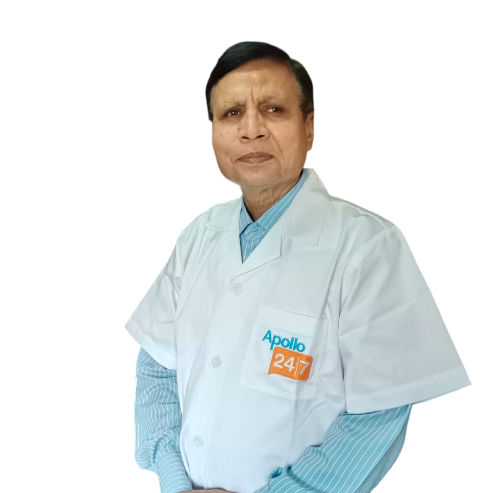
Dr. Padam Singh Gautam
General Physician/ Internal Medicine Specialist
43 Years • M.B.B.S (WARDHA M. S.), F.A.G.E. (MANIPAL), F.A.I.M.S. (Pb.), M.A.I.M.S. (Pb.), M.R.S.H. (LONDON)
Noida
Dr Padam Singh Gautam Fracture Clinic, Noida
(225+ Patients)
More articles from General Medical Consultation
Frequently Asked Questions
1. Can I do yoga for joint pain if I have arthritis?
Yes, gentle yoga is highly recommended for arthritis. It helps maintain range of motion and reduce stiffness. Focus on slow, mindful movements and avoid putting excessive pressure on affected joints. If your condition does not improve after trying these methods, book a physical visit to a doctor with Apollo24|7 to get a personalised management plan.
2. What is the best time of day to do yoga for joint stiffness in winter?
A morning practice is ideal to counteract overnight stiffness and lubricate your joints for the day ahead. However, an evening practice can also be beneficial to release the tension accumulated during the day.
3. How long until I see results from a winter yoga practice?
Consistency is key. You may feel immediate relief in terms of reduced stiffness and a sense of warmth. Noticeable improvements in strength and flexibility typically come with a regular practice of 3-4 times per week over a few weeks.
4. Do I need a heater for the room?
While not strictly necessary, practicing in a comfortably warm room (around 70-75°F or 21-24°C) is highly advisable in winter to help your muscles relax more easily and prevent injury.
5. I have very sensitive knees. Which poses should I avoid?
Avoid poses that cause knee pain, especially deep lunges or full lotus. Always keep your knee aligned with your ankle in standing poses. Use extra padding (like a folded blanket) under your knees when kneeling.
